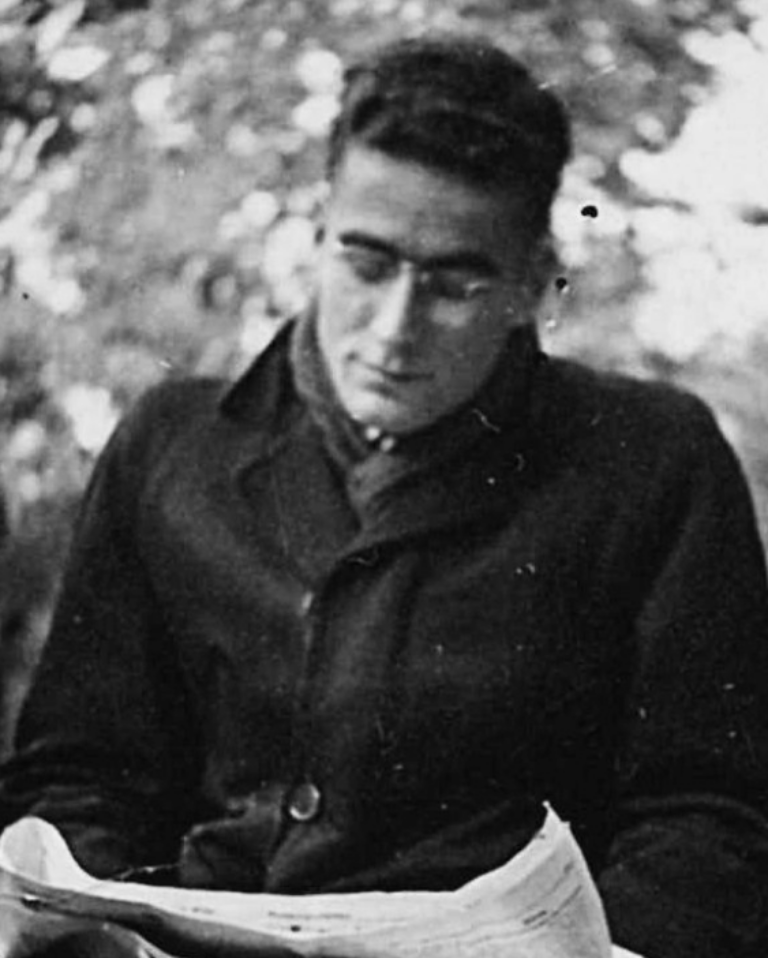Born in Würzburg as the son of a businessman, Strauss experienced the increasing repressions of the Nazi regime in Germany.
From a young age, he showed a strong interest in Jewish culture and education. He attended the Jewish elementary school and the Neue Gymnasium (secondary school) in Würzburg, but was forced to leave the secondary school in 1935 and began a training programme in business. In 1936, Strauss moved to Berlin, where he worked for the Zionist HeChalutz organisation and led the Jewish youth movement. Parallel to this, he studied at the Higher Institute for Jewish Studies.
After his plans to emigrate to England failed due to the outbreak of war in 1939, Strauss worked as an assistant rabbi in Berlin from the autumn of 1940. In January 1942, he was forced into labor. To avoid deportation, he went into hiding in 1942 with his fiancée Lotte Kahle and fled to Switzerland in 1943.
After the war, Strauss resumed his studies at the University of Bern and received his doctorate in 1946. He emigrated to the United States in 1946, where he continued his academic career. He taught at the City College of New York from 1948, working on a study about concentration camp experiences. In 1952, he naturalised as a US citizen. Later, he moved to the Juilliard School in New York and returned to City College in 1960 as an Assistant Professor. In 1971, he was appointed a full professor of history there.
In 1982, Strauss was appointed founding director of the Centre for Research on Antisemitism at the Technical University of Berlin. There, he developed the centre until his retirement in 1990 and made significant contributions to antisemitism research. Strauss’ scholarly works included topics such as emancipation, the history of science and emigration and persecution policies. In 1997, Strauss published his German memoirs, which played an important role in the preparation of the Library of Lost Books. The book was also published in English as In the Eye of the Storm: Growing Up Jewish in Germany, 1918-43. Herbert A. Strauss died on 11 March 2005 in New York.
“Even if this had not been the most precarious human situation I would ever experience, I would have remembered these men and women who, amidst decay, danger and catastrophe, created an oasis of stability in their lectures, seminars and tutorials.”
